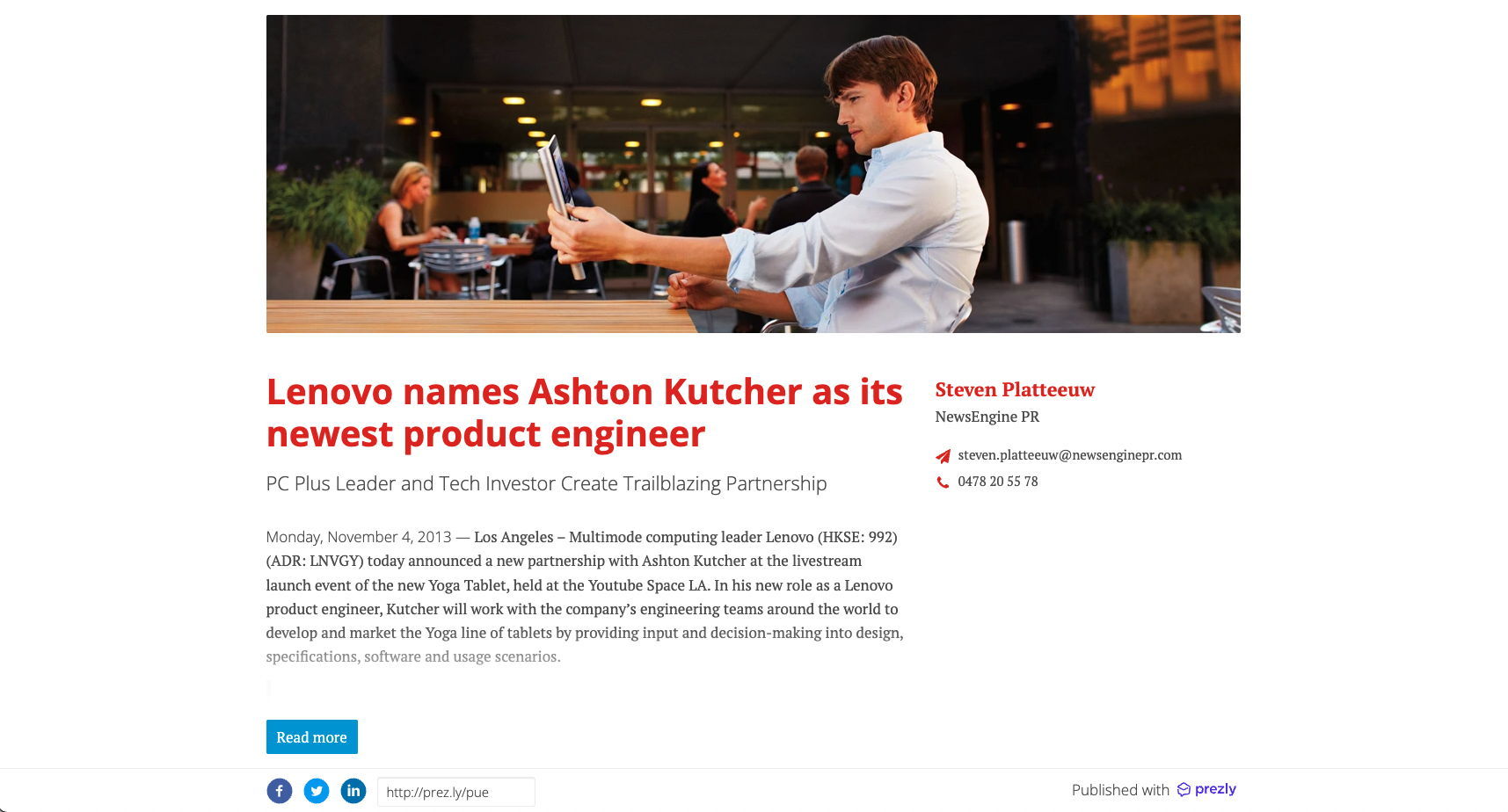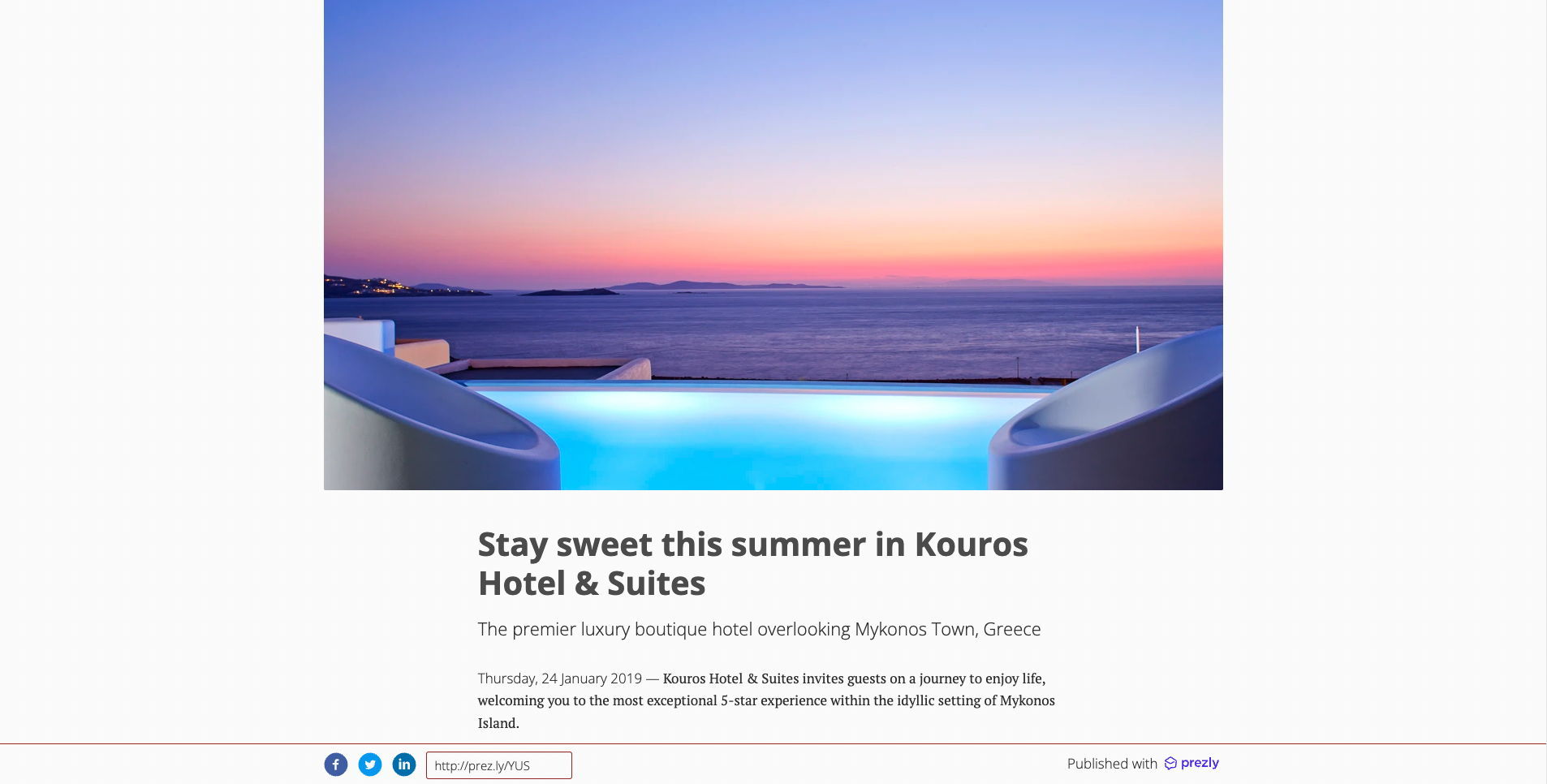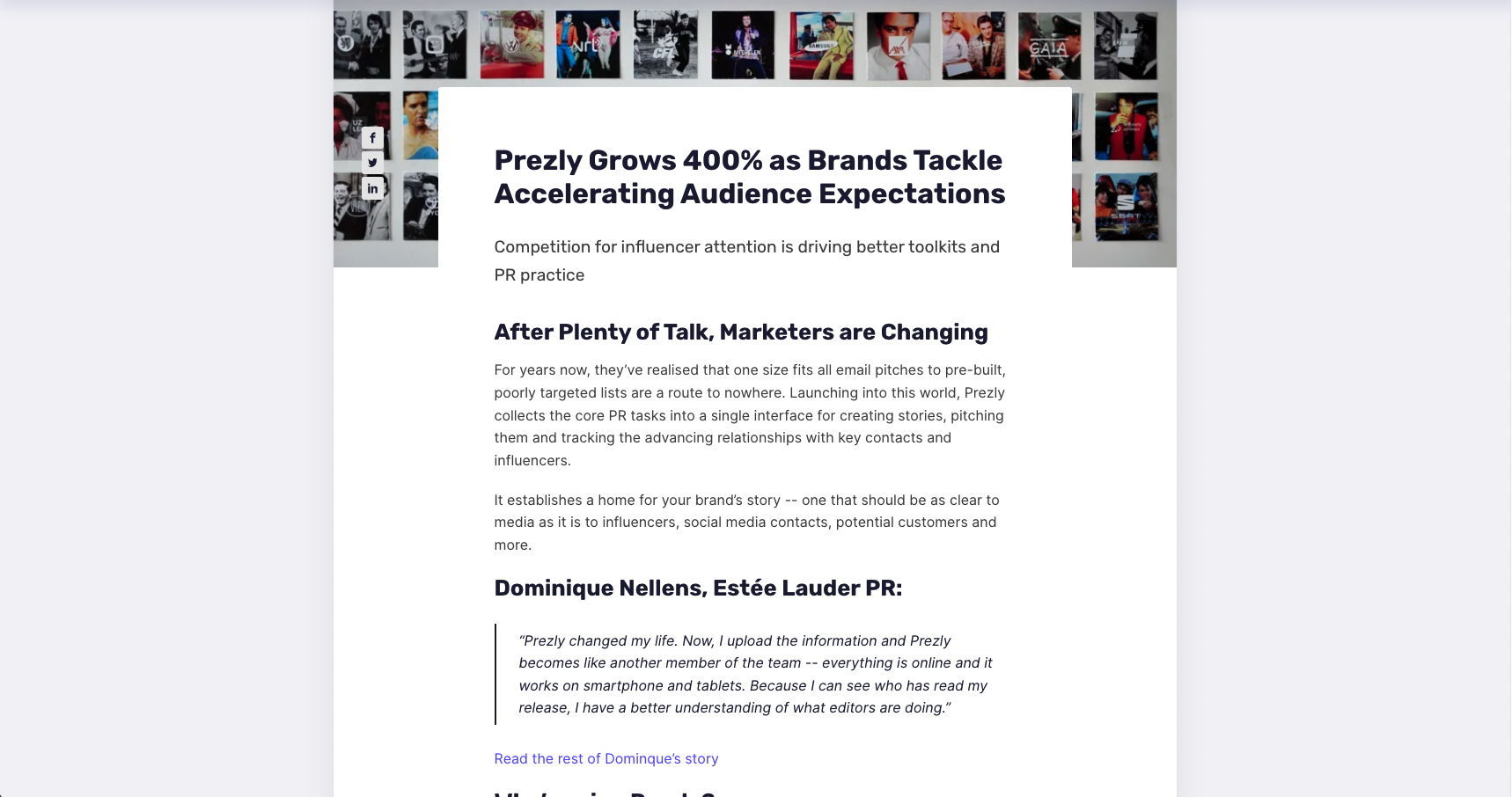Press release subject lines: How to, examples, tips & more
Straightforward advice to help you win coverage (and earn the big bucks).
Crafting the perfect press release is only half the battle. Getting it noticed in a crowded inbox is the other.
The key? An irresistible subject line.
The subject line of your email pitch is your first and perhaps only chance to capture the attention of journalists and editors. Done right, it opens doors to media coverage and valuable exposure. Done wrong, your carefully crafted message is left unopened and ignored.
So how do you make sure your subject line gets clicks?
In this quick guide, we’ll explore what makes an effective news release email subject line, tips from experts, and how to ensure your pitch stands out.
Whether you're sending hundreds of pitches, or targeting a single journalist, your subject line is the hook that determines whether a news outlet will engage with your press release. Here’s how you can make that hook as pointy as possible.
Subject lines that are too long risk being cut off in preview panes, and thereby losing their impact. For example, Gmail – which is used by around 2billion people around the world – truncates what displays in your email inbox to 38–98 characters (depending on if you're viewing your inbox on mobile devices or desktops).
While there's no hard and fast rule, aim to keep your pitch subject under 10 words or 50 characters. This keeps your pitch concise and shows that you respect the recipient’s time. Studies show shorter subject lines (and for that matter, shorter email body text) result in higher open rates, so get to the point quickly and make every word count.
Your subject line should clearly communicate what the press release is about. Avoid vague or misleading language. Journalists are looking for stories, so use this space to deliver value. Phrases like “Press Release” or “Pitch” can help, but remember they take up valuable space. Always ensure that what follows immediately tells the recipient why your story is newsworthy.
While it might be tempting to create urgency with phrases like “limited time” or “must-see,” try to avoid language that could trigger filters and land your pitch in the spam folder.
Keep your tone professional and avoid excessive punctuation, unnecessary capital letters, or gimmicky words. Your goal is to build trust, not oversell the story. (This goes for your email body as well!)
Remember, there's a real person on the other side of every pitch email you send. Whenever possible, personalize your email and your subject line. Including additional details, like the journalist’s name or referencing their recent work, can immediately show them that this email is tailored for them, not just part of a mass email blast.
Showing that you’ve done your research can make a huge difference in engagement, not least because it helps make sure you're sending only relevant stories to your list of contacts.
Don’t settle on the first subject line you write. Instead, try out a few pitching angles. Depending on how big your email campaign is, you may want to test 3-5 different email subject lines with small numbers of recipients before committing to the one that performs best.
Draft several versions and test them when possible. Analyze which formats and phrases yield higher open rates over time. Constantly refining your approach will lead to better results and stronger media relationships.
Including clear keywords in your subject line not only helps recipients understand quickly what your news stories are about, it also pays dividends down the line.
As feature journalist Kelset Ogletree told us during her PR Roundtable episode, journalists will often search their inbox for relevant news weeks, even months down the line, so making sure your story stands out amidst the generic emails cluttering their inbox usually increases your chances to secure coverage in the long run.
We surveyed 100 journalists, bloggers, and influencers about what makes an effective press release email subject line, and 42 responded. Here’s what we found:
- Journalists are busy people – receive hundreds of emails each week, and will often decide whether to open an email based on the subject line alone
- Journalists emphasized the importance of using the subject line to immediately hook their interest with compelling stories
- There’s no significant difference in open rates between subject lines that include the words “press release” and those that don’t
- Avoid writing your press release on your blog - the tone of a company website won't necessarily fit well with the formality of a press release
The shorter, the better. A subject line of fewer than 50 characters will show up fully on most devices and email clients. Be concise while still clearly communicating the core message of your press release.
Make it clear why this story matters. Journalists are constantly looking for timely, relevant and exciting news that will appeal to their broader audience. Use your subject line to point out the key benefit or unique angle your release offers.
Active verbs like “launches,” “introduces,” or “reveals” add energy and make for a catchy headline. Phrases that indicate change or importance can trigger curiosity and increase the likelihood of the email being opened.
Common mistakes are to use overly promotional language or buzzwords like “amazing,” “groundbreaking,” or “best ever”. Journalists are wary of pitches that overpromise.
And while it may be tempting to create your own witty, tabloid-style headlines, the reality is that these will rarely be used in the final write-up – so only use them if it helps sell your story. More often than not, it's better to stick to clear, factual descriptions that build credibility rather than hype.
If your press release is tied to a current event, trend, or news cycle, mention that in the subject line. For example, “New Study Reveals Surprising Trends in 2024 Consumer Behavior” is more likely to grab attention than a generic product launch. Always ensure your pitch is timely and relevant to the journalist’s beat.
Grammatical mistakes and spelling mistakes are a very careless way to lose credibility when email pitching writers and editors. Make sure your company news announcement goes through some sort of spellchecker (ideally a human one) before you send that release via email.
While you won't always want to use your press release headline as your email pitch subject line, in reality a lot of the time there will be a clear overlap.
More than 500 PR teams across the world use Prezly to craft and distribute their (and their clients') press releases. Here are some of the subject lines they've used to secure coverage for their brand.

The subject line: Bye bye, Beetle - Beetle Final Edition – Premiere at the Los Angeles Auto Show 2018
Why it works:
- Cute, clever, but clear
- Tells a full story
- Uses punctuation to cut down on filler words

The subject line: Lenovo names Ashton Kutcher as its newest product engineer
Why it works:
- It has the "wait, whaaa?" factor by including a high-profile celebrity
- Has a clear message but leaves the reader wanting more

The subject line: Stay sweet this summer in Kouros Hotel & Suites
Why it works:
- The press release headline is short
- Incorporates a cute pun without muddying the meaning
- The message is clear and the reader knows what to expect

The subject line: Prezly Grows 400% as Brands Tackle Accelerating Audience Expectations
Why it works:
- Uses numbers effectively
- Leaves the reader wanting to know more
- Short (less than 70 characters)
You come up with what is subjectively a great subject line, but how do you know that it actually works?
This is where an email outreach tool like Prezly becomes invaluable. Using Prezly, you can see exactly what percentage of your media contacts opened your email as well as the clickthrough rates and bounce rates, and are able to drill down into that data on a per-contact basis.
All this helps you identify the most relevant media contacts for each story and work out the most effective follow-up process for your campaign. Here's a quick overview of how that works.
Try Prezly for freePrezly combines an email outreach tool with a CRM for managing your list of journalists, a professional newsroom publisher, coverage tracking, and audience analytics to help your team get better results with fewer headaches. Start your free trial now to set up your online newsroom and start sending those pitches.
By following these guidelines, you'll be well on your way to crafting subject lines that not only get noticed but also drive results for your press releases.
Of course, the subject line is just your foot in the door – many other factors go into turning your email pitches into successful campaigns, such as identifying your target audience, following an effective press release email format, ensuring email deliverability, providing additional resources, and more. Explore our PR Academy and YouTube channel for tips on all of the above.
Pitch journalists right now with a 14-day free trial
- Identify your most engaged contacts with our PR CRM
- Send personalized email pitches and campaigns
- Publish your press releases in a professional newsroom

Ready to start growing your media reach?
With Prezly you can publish press releases online, and share them directly with journalists. 14-day free trial, no credit card required.


